Was it worth plowing through this year, after all? The jury has a few more days on that, but a compelling argument came in last month, when Lydia Davis’s Essays One hit the shelves. Even just as a physical object, it is delightful: a small, pleasantly chubby book, the jacket a grassy and somehow optimistic green, the design unadorned, as though there is nothing more you need to know than title and author. (It makes a nice companion to her collected stories—similar in size and shape, green against orange.) The delights continue inside. Davis is speaking of reading Lucia Berlin when she writes, “This is the way we like to be when we’re reading—using our brains, feeling our hearts beat,” but the phrase applies well to this book: it’s an experience in an active, alive sort of reading, sensitive and attuned. Sitting with the book felt as though someone had come in to gently adjust my antennae, helping clarify signals in what had seemed just noise. And in any case, this book is part promise: that One in the title, those notes in the preface—there is more to come. —Hasan Altaf
At the risk of sounding hyperbolic, 2019 felt like the year when civilization teetered definitively toward collapse. Notre Dame burned down, authoritarian governments shut off the internet, a child sailed across the ocean to tell us we were destroying the planet—all of which, of course, is not to mention our own failing democracy or what’s happening in England. This past January feels impossibly long ago—how innocent we were then, when we still thought we might find resolution in the Mueller Report or the Game of Thrones finale—and yet Sarah Moss’s Ghost Wall still feels as vivid to me as the cold day on which I read it. It’s a book about willfully severing our ties from civilization, and the dormant wild brutality that lies under the surface in us all. Adolescent Silvie’s obsessive, controlling father forces their family onto an anthropological mission where they, along with a class of college students, live in the woods of England as primitively as early man, foraging for food and bathing in streams. As the past rises up around them and a terrifying masculine violence is unleashed, Silvie sneaks off for snacks at the gas station, feels the first stirrings of lust, and dreams of her future. I have rarely felt so gripped by a narrator’s voice. From within the sways of puberty, Sylvie possesses the cynicism and clarity only the newfound loss of one’s own innocence can bring. It’s a deceptively slim book for how full a soul it contains.
Another book I carried with me this year was T Fleischmann’s Time Is the Thing a Body Moves Through. As delightfully sexy as it is intelligent, it’s a genuinely radical text that transcends genre: part essay, part poem, part art criticism, part history, part intimate letter to a friend. It feels written not for the world as it is but for the world as it should be: the book is unapologetically addressed to a queer audience and set in a milieu where anticapitalism is the baseline and no one’s gender is normative, and where none of these things need to be explained, because there’s more urgent living to be done. Time Is the Thing a Body Moves Through is a book about human connection composed by a luminously solitary spirit, and I wanted to stay inside it all year. Instead, I slipped copies into the hands of nearly everyone I know and lost myself in older works of transgression with new covers: Natalia Ginzburg’s The Dry Heart, which makes murdering one’s husband sound perfectly logical, and Rebecca Godfrey’s impressive feat of reporting Under the Bridge, which examines the deadly brutality of teenage girls. Perhaps I was seeking anger this year—or the feeling of transcendence that can be found when things break irreparably open.
As another January grows near, I find myself rereading Edmund White’s A Boy’s Own Story, his autobiographical novel about his adolescence in the fifties. On my first encounter with the book, when I was an adolescent myself, I read only for the stirrings of gay lust, the way he paints the boys he desires with brushstrokes so luminous I wondered if I, too, was a gay man, though I also recognized myself fully in his refusal to give the confusion of early friendships any name other than love. And yet in this reading I am struck by the exquisite precision of all he does name, rendering language into an instrument that plays the notes of emotion so evocatively it stills your spine. “For the real movements of a life are gradual, then sudden; they resist becoming anecdotes, they pulse like quasars from long-dead stars to reach the vivid planet of the present, they drift like fog over the ship until the spread sails are merely panels of gray in grayer air and surround becomes object, as in those perceptual tests where figure and ground reverse, the kissing couple in profile turn into the outlines of the mortuary urn that holds their own ashes,” he writes. Many writers would compose an entire novel just to contain a single sentence like that one; White strings them together almost carelessly, as if he were the princess in the fairy tale who opens her mouth to find she can speak only pearls. Emotions I had always felt without knowing, because I had no words for them, were suddenly there, unassailable, in his articulation. And—dare I say it?—I felt hope. —Nadja Spiegelman
Effectively, I’ve been picking my favorite books of 2019 for a year and a half now. Mitchell S. Jackson’s Survival Math (check out issue 226) is a love song to his Pacific Northwest hometown, but it’s also an ambitious take on what memoir can do. Kate Zambreno’s Screen Tests (get a peek in 228) does something brilliant with celebrity and autofiction and the possibilities of the flash form. Hanif Abdurraqib did the remarkable thing of publishing both a book of poems and a book about music this year (does the man sleep?); we got to publish bits of both as well as his Notes on Pop column on the Daily. I think about short stories most of my waking hours, so to read an early copy of Kimberly King Parsons’s killer debut was exhilarating; the hardest part of that acquisition was choosing the right story to run (we picked “Foxes” for 229, but Black Light is wonderful from start to close). Of course, I read plenty of stuff I loved that we didn’t get to publish, but it still feels like I’m pulling one over on a big man with a fistful of industry trends when we get to run slices of these great manuscripts before they’re published books and share them with our readers under the TPR logo. But every quarter it seems less like a trick and more like the imperative of what we do and why we do it. —Emily Nemens
2019 has been, for me, a year of transition. I moved away from the town where I grew up and into my first New York apartment. I bought furniture on Craigslist, built bookshelves that slant ever so slightly to one side, planted basil in a small pot by my bed, and began to make this new place into something that feels like home. I also spent more time in motion—on trains, planes, busses, and, for a brief spell, a cargo ship—in the past year than in any previous one. This includes, by my calculation, well over a hundred hours on the Long Island Rail Road, most of them spent reading or listening to audiobooks or nodding off with my forehead pressed against the window.
Perhaps all this movement helps to explain why, looking back at the books that meant the most to me over the past twelve months, I notice that so many of them seem to be about place. David Wallace-Wells’s The Uninhabitable Earth is the literary equivalent of a cold shower, an all-too-real dose of reality about our ever-warming world. From there, I took some solace in Robert Macfarlane’s cavernous and many-chambered Underland, a reminder that the planet we live on is far older and more full of mystery than I often consider. I read Lakota America, a brutal, bison-filled book that turned many of the stories I thought I knew about our nation inside out. Most recently, I lost myself in the crowded corridors of Sarah M. Broom’s The Yellow House, a book that single-handedly proves Joan Didion’s quote that “a place belongs forever to whoever claims it hardest, remembers it most obsessively, wrenches it from itself, shapes it, renders it, loves it so radically that [s]he remakes it in [her] own image.”
I also dipped into the backlist. I read Howards End and Sula and Fierce Attachments, all stories of homes, both found and forged. These books helped to save me from my transitory life, transporting me to solid, well-loved territories under which memory and history flow like groundwater. At a time when so many things in my world, and the world at large, feel precarious, these books put solid ground beneath my feet. —Cornelia Channing
This year, I enjoyed John Zada’s In the Valleys of the Noble Beyond, which chronicles his search for the Sasquatch, that most As-Seen-on-TV of cryptids. Zada wonders only in passing about how big bigfoot’s feet are or how richly the creature may stink. His concerns are more metaphysical: What does it mean to believe in something absurd, something that eludes any effort to prove its existence? Roaming through the First Nations communities of coastal British Columbia, Zada camps out at the foggy junction of lore and fact. He’s a disarming travel companion, and his curiosity is contagious. I also liked Return to Romance, a collection of nine “love stories” from the late fifties by the comics artist Ogden Whitney. Visceral and candy-striped, these are portraits of seduction in the age of Eisenhower, when the military-industrial complex has leached into matters of the heart. Dating is gamesmanship; affection is a form of control, heartbreak a moral failure, and libido an unsettling whisper from pleats of gabardine. Everyone is aching to settle down in some prefab on a cul-de-sac beckoning just beyond the final frame. Whether the comics are satirical or sincere is anyone’s guess; either way, they cut to the quick. One more: after Margo Jefferson reckoned with the documentary Leaving Neverland, she wrote a new introduction for her On Michael Jackson, first published in 2006. Acute and unsparing, the addition brings the rest of the book into sharp relief. In her generous, clear-eyed writing on celebrity and pop, Jefferson has found what might be a mantra for the decade to come: “No evasions, no simplifications.” —Dan Piepenbring
I read a lot of books this year, though fewer than I would have liked. There was something in the air over the past few months—the world is sort of ending; could that be it?—that made it hard for me to concentrate. And so the fiction of Olga Tokarczuk came (thanks to the tireless advocacy of our engagement editor, Rhian Sasseen, followed by a bit of a nudge from the Nobel Committee) as no small revelation to me. I read Flights and Drive Your Plow over the Bones of the Dead in quick succession—or as rapidly as my flailing concentration would allow, meaning not very rapidly, which was fine because Tokarczuk has her own ideas about time and place. In her work, one is always in flight from both—or, anyway, endeavoring not to be stuck in either.
The short, noncontiguous chapters of Flights sprawl across Europe, glance across decades, flit between characters, and are ever haunted by the ever-present past, which, despite all attempts to outrun it, is inescapable. I am making the book sound disorienting, but somehow it isn’t, which is a big part of its magic. Another part is the way it works itself into your consciousness and conscience so that you never quite leave it behind. Drive Your Plow is, in contrast, something of a lighthearted murder mystery about a woman who avenges slain animals. It, too, is full of surprises, though of a different kind. Like some kinds of lizards, Tokarczuk is capable of looking in more than one direction at once and still finding herself “here”; she checks her watch and comes up with more than one answer to the question, What time is it? We’ve been here before, haven’t we? We have. That’s helpful to remember—helpful, if not comforting—in these chaotic times. And I forgot to mention that Tokarczuk is also funny—that helps, too. —Craig Morgan Teicher
One of my resolutions for 2019 was to record, in list form, all of the books I read. It was a resolution I actually stuck to, and now, as the year trails off, I’m consulting that list with real pleasure, each title invoking the memory of who I was with, what I was doing, and who I was at that particular moment in time. The year started off on a high note—the first book I read in 2019 was the difficult but rewarding Greed, written by Elfriede Jelinek, one of my absolute favorite writers, and translated from the German by Martin Chalmers—and only went up from there.
This was a year in which I found myself closing the door a little on socializing, and retreating into the hermetic pleasures of reading and writing alone on weekends. I read Kate Briggs’s This Little Art, a book-length essay on the pleasures and pains of translation, in January, and it proved to be something of a beacon for the year. Some of my favorite books over the ensuing months were from writers across the globe: Panty, a slim meditation on female sexuality by the Bengali writer Sangeeta Bandyopadhyay, translated by Arunava Sinha; the poetry collection Hysteria, by Kim Yideum, translated from the Korean by Jake Levine, Soeun Seo, and Hedgie Choi; Will and Testament, the Norwegian writer Vigdis Hjorth’s disquieting exploration of family secrets, translated by Charlotte Barslund; and the darkly satirical and at times scatological Broken Glass, by the Congolese writer Alain Mabanckou, translated by Helen Stevenson. After reading Ingeborg Bachmann’s extraordinary Malina (translated by Philip Boehm) in the summer—a novel that haunted me for months—I got into a bit of a Gruppe 47 kick, and read many of Hans Magnus Enzensberger’s prescient essays on politics, poetry, and the media from the sixties and seventies, as well as his poetry collection poems for people who don’t read poems, much of which was translated by the author himself.
Nell Zink’s Doxology is one of my favorite novels I read this year, and perhaps the only one that so perfectly captures the madness and folly of life under the Trump administration, though Lucy Ellmann’s breathtaking and addictive Ducks, Newburyport gives it a run for its money. Rebecca Tamas’s poetry collection Witch uses the figure of the witch to create an incisive critique of Brexit. Gina Apostol’s brilliant Insurrecto deconstructs plot to critique the white gaze in art and ask important questions concerning just who is telling the story. Kate Zambreno’s Screen Tests melds essay and fiction to explore class and gender in literature, film, and the visual arts. I read Heike Geissler’s novel of contemporary consumerism at Amazon, Seasonal Associate (translated by Katy Derbyshire), and saw her give a talk on it at the Goethe-Institut in March, which ended up being the best reading I saw this year. And Deborah Levy’s The Man Who Saw Everything made me cry this fall with how beautifully it portrays the compression of time and the ways in which the twentieth century still haunts the twenty-first. —Rhian Sasseen
In 2019 I picked up the paper—again. “The paper” is what Mary-Kay Wilmers calls her lingering argument for British superior intelligence, the London Review of Books. For one thing, subscriptions to the LRB easily top those of Esquire in that nation. For another, Wilmers has figured out how best to harness the power of Patricia Lockwood. For the LRB this year, Lockwood wrote the best thing yet written about the internet and the best piece about literature’s #metoo reckoning (and believe you me, I’ve read many), which is actually about John Updike’s collected early stories. In another paper, the Times, 2019 was the year of Ligaya Mishan. I love even halfway decent food writing and delight in exceptional specimens—Mishan is the latter. She writes not just about food but about everything; my favorite of hers this year, “The Distinctly American Ethos of the Grifter,” is an agile argument for the American traits that make us both likely to be swindlers and likely to be swindled. Like an Alvin Ailey dancer, Mishan flexes muscles you didn’t know existed. I also loved the impossible in Joseph O’Neill’s short story “The Flier,” every goddamn installment of Sabrina Orah Mark’s Happily column, Jill Lepore on herself, Janet Malcolm on Susan Sontag, and Cathy Horyn on the state of American fashion. In Washington earlier this year, I fought with a woman not about her politics but about her lack of receptivity to reading beyond the news sections of the paper. In 2019 it was as hard to read the news as it was to turn away. I’m not saying you should bury your head in the sand; all I’m suggesting is you consider turning the page. —Julia Berick
One cold winter night I went to hear Eisenberg read from Your Duck Is My Duck, her fifth short story collection, and bought the book then and there. Every square centimeter of it is gold, but I find the first line of the first story particularly genius: “Way back—oh, not all that long ago, actually, just a couple of years, but back before I’d gotten a glimpse of the gears and levers and pulleys that dredge the future up from the earth’s core to its surface—I was going to a lot of parties.” Eek! I could read that again and again, and I do. Here, she’s almost given us the whole story as well as a blueprint for what all stories should be (“a glimpse of the gears and levers and pulleys that dredge the future up from the earth’s core to its surface”—of course! Thanks for the tip!) in one knockout sentence, but in such a way that we must keep reading. This narrator has seen some shit, and she is tired (years of parties followed by the sight of those damn gears, which she can never unsee) but she will tell us about it, if we insist, and of course we do.
For anyone who hasn’t read it yet, I don’t want to rob you of the reading experience I had, in which each line is a delightful surprise. So I’ll just say that what I really love about this book is its sense of humor. Even in stories that strongly imply we’re all fucked, Eisenberg does what few can: she fully represents the comedy of reality. In that first one, there is a bizarre and beautiful puppet opera that ends in doom—and not one explosive doomsday but the even more terrifying conclusion that everything gets worse than it was before and we have to keep on living with that. When the narrator calls it depressing, the puppeteer replies, “Well, yeah, sure. But I mean, these are the facts.”
You know that expression “shit got real?” Usually someone says it when the jokes stop and the conversation turns to individual or global trauma. But reading these stories, I am reminded that it’s all real. In a year when it can feel self-indulgent to be anything but furious or terrified or sad about the state of the world or to laugh with anything more than bitter cynicism, it is good to be reminded that despite our human preference for one mood at a time, the world is tragedy and comedy and all shades in between, inextricably tangled. —Jane Breakell
Natalia Ginzburg was, among many things, a shrewd observer of the domestic drama. Happiness, as Such, is a largely epistolary novel that unwraps its family’s dynamic with all the nuance and humor of her beloved autobiographical novel Family Lexicon. Minna Zallman Proctor’s translation of Happiness captures grievances both petty and profound, refracting through a variety of voices the pain of alienation and the poignant tension of unshakeable family ties. The conversational missives that volley between characters are captivating in their relatability.
Jana Prikryl’s No Matter is a tremendous collection of poems. The settings of the poems are concrete enough to be familiar—Greenpoint, the Upper West Side—but that familiarity is often displaced by an imagined dystopian near-future. Her sly wit and fresh voice aren’t gloomy, though; rather, these poems are smart and satisfying, resonant work by a star student of the New York School.
Amparo Dávila’s story “Moses and Gaspar” was published in The Paris Review in 2016, and this year New Directions released a whole book of Dávila’s short fiction, translated by Audrey Harris and Matthew Gleeson. The Houseguest is a midnight picture show of eerie fables, populated by creepy monsters, psychological thrills, and Hitchcockian twists. Dávila, recognized as a nonagenarian maven of the uncanny in her native Mexico, was due for an introduction to English readers.
Kimberly King Parsons’s short story “Foxes” is a study in perspective, as an unreliable narrator slowly reveals her fallibility with each swig of sherry. All of the stories in Parsons’s debut, Black Light, are honest glances into the hearts of destructive, deeply flawed characters. But her lyrical language lends compassion to the project, illuminating dark souls with a light by which to see them at their most vulnerable. —Lauren Kane
“The tills of commemoration blart and sing, all short-changing the ills of the nation,” Geoffrey Hill observes in his posthumous volume The Book of Baruch by the Gnostic Justin, which I have brought with me everywhere this year, because it is filled with blazing insights that seem to speak directly to this dark moment in history. The Book of Baruch is a most unusual work, a sequence of 271 poems intended to be Hill’s final word on, well, everything—the art of poetry, alchemy, mathematics, the bombing of London in World War II, Brexit, his approaching death, the relation between literature and the spiritual life, and so much more. Gone are the taut lines and stanzas of his earlier work, more than twenty collections’ worth, which earned him the reputation of a formal master. But the antic humor, exuberance, and visionary pronouncements that defined his later work are everywhere on display in these versets, which owe more to Whitman than to the English poetic tradition he inherited and rigorously explored until his death in 2016, at age eighty-four. “No upright poem in its uptight English can seem to me quite free from limescale under the rim,” Hill writes, and all at once the grim evidence of our plight—cultural, environmental, political—begins to shimmer with meaning. “How do I rate?” he asked in a draft of his final poem, composed in the immediate aftermath of the Brexit referendum. The question did not survive in the published version, which nevertheless ends with an answer from the other side: “Even so, the power of stout roses has risen watt by watt against the afterglow of each brief thunder-shower.” —Christopher Merrill
In poetry, I was fired by Franny Choi’s The Soft Science and Aria Aber’s Hard Damage, books interested in linguistics and experimentation in ways that bridge issues of culture, technology, textuality, and modernity, and which ultimately push hard against the limitations of poetic form and subject. From a different (but perhaps related) corner is Jericho Brown’s The Tradition, a book so emotionally devastating that I sometimes fear its burning beauty. In fiction I was heartened to discover (along with many of us) the genius of the recent Nobel Prize laureate Olga Tokarczuk, but the novels I’ve held closest to my heart this year have been threefold: Miriam Toews’s Women Talking, Mary Miller’s Biloxi, and Yiyun Li’s Where Reasons End, the latter of which is one of the most astounding pieces of writing I have ever read. —Christian Kiefer
I took a class in college called The Value of Literature. The premise of the course was to form a collective and individual response to the question at the heart of its title, a question that is simple yet vexing and of both little and vast importance. Why read? Why write? Why do anything at all? Like many good things I have been given in this life, the class was wasted on me. I felt I already knew the value of literature, that, like breath or song, its worth was self-evident and everlasting.
It did not occur to me then that I might, at some point, hardly read at all. That was how I began 2019: struggling to discern what might distinguish each day from the long, hollow sweep of life. It took the Sally Rooney sensations Normal People and Conversations with Friends to extract me from this wordless stupor. Her frank prose and fraught lovers held me close, reminding me of the here and now, even as I read of there and then.
Since then, I have sought books like Bernardine Evaristo’s Girl, Woman, Other, books that enable us to mourn and celebrate the human habit of moving from one moment to the next. Where the Light Falls, a collection of Nancy Hale’s stories, offers myriad opportunities to delight in life’s smallest pleasures. Kimberly King Parsons’s collection Black Light is a stunning exercise in storytelling. Kate Zambreno’s Screen Tests helps make space for the thrill of fragmentary insight, and Carmen Maria Machado’s astounding In the Dream House demonstrates how trauma can further splinter our stories. The Divers’ Game, Jesse Ball’s strange novel in fables, is a chilling reminder of how the fantastic can pierce our everyday fictions. And then, I finally read Hanya Yanagihara’s A Little Life, a helpful reminder both of how good I have it and how good a sentence can sound.
I still don’t quite know why we do anything at all. The joys and horrors of the next decade are as yet untold. But I would like to remember always that it helps to read. It just helps. And maybe that is good enough. —Noor Qasim
from The Paris Review https://ift.tt/2MgfBdN

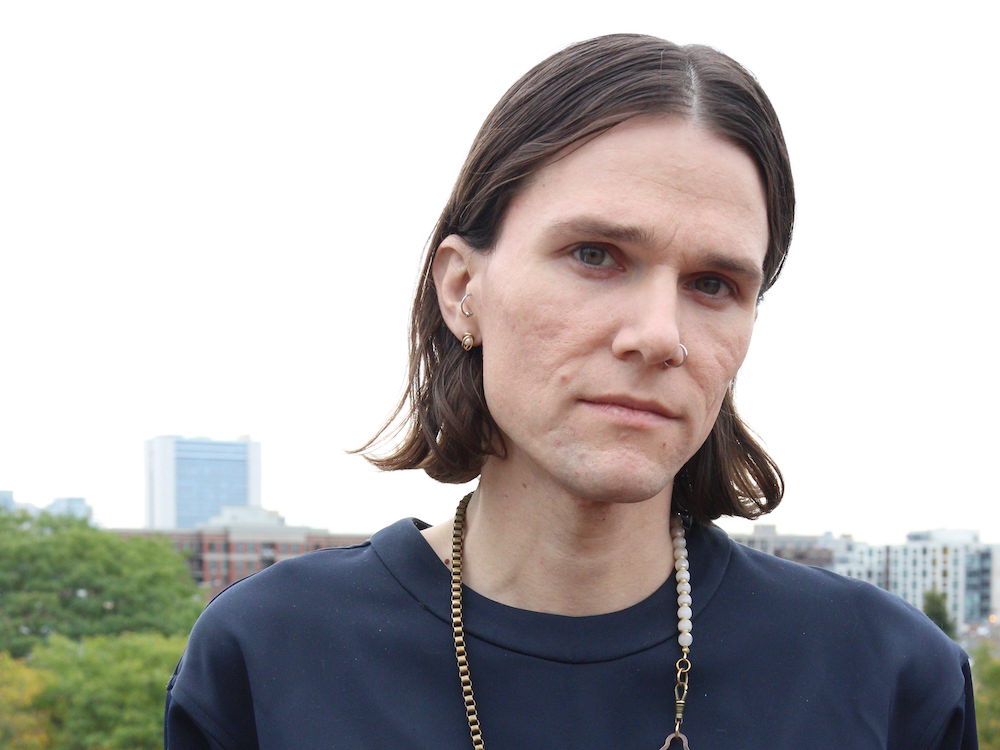
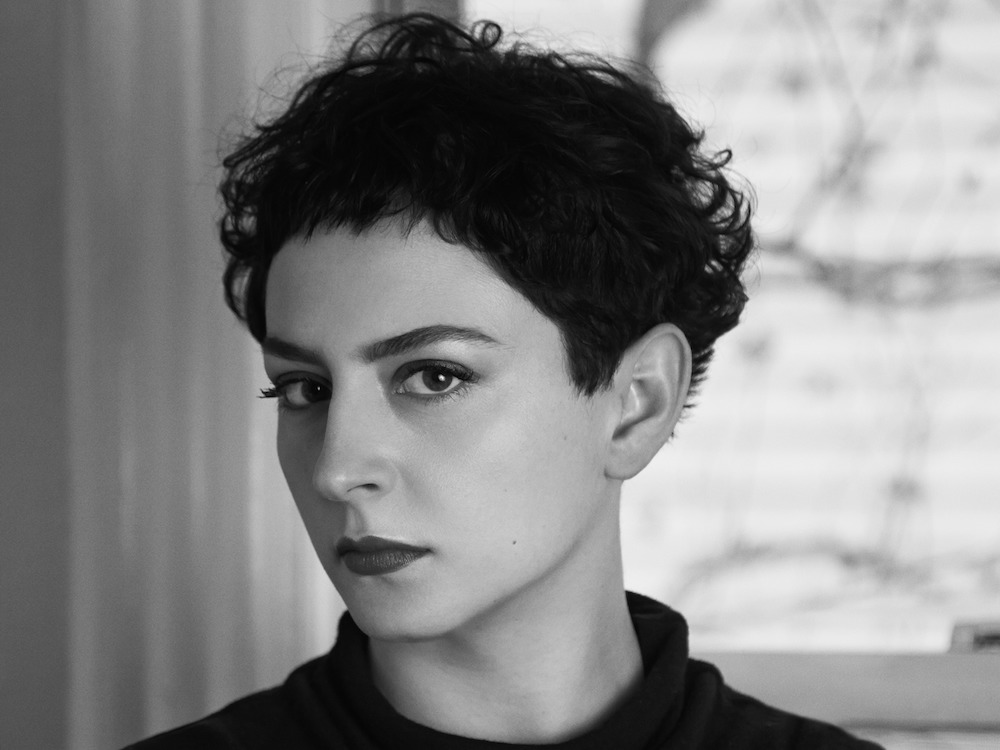

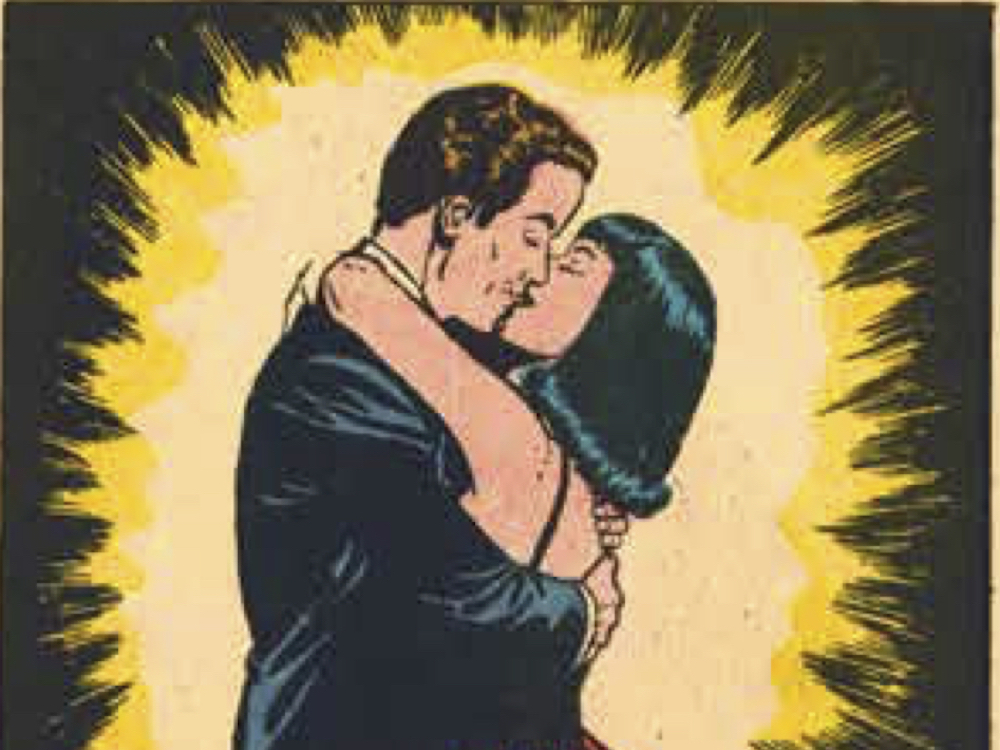
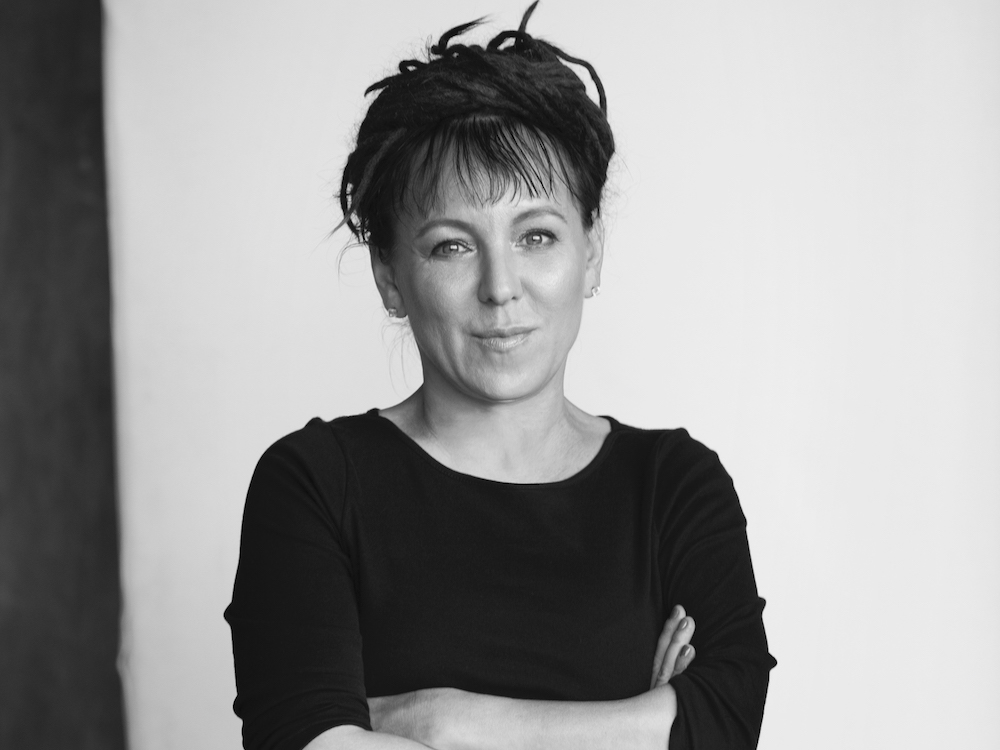
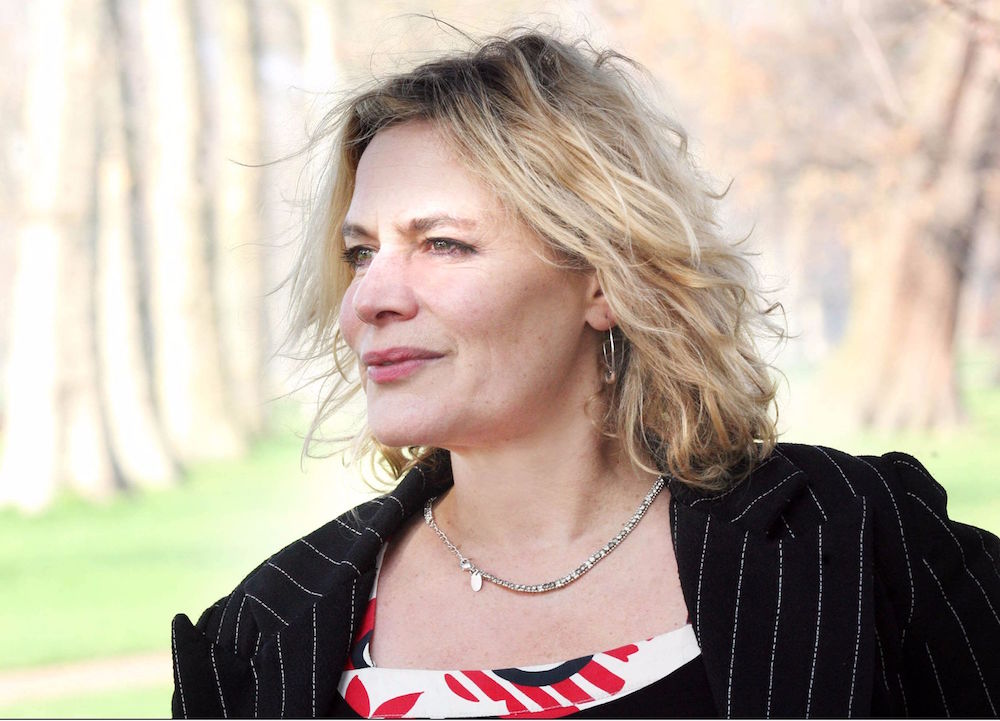
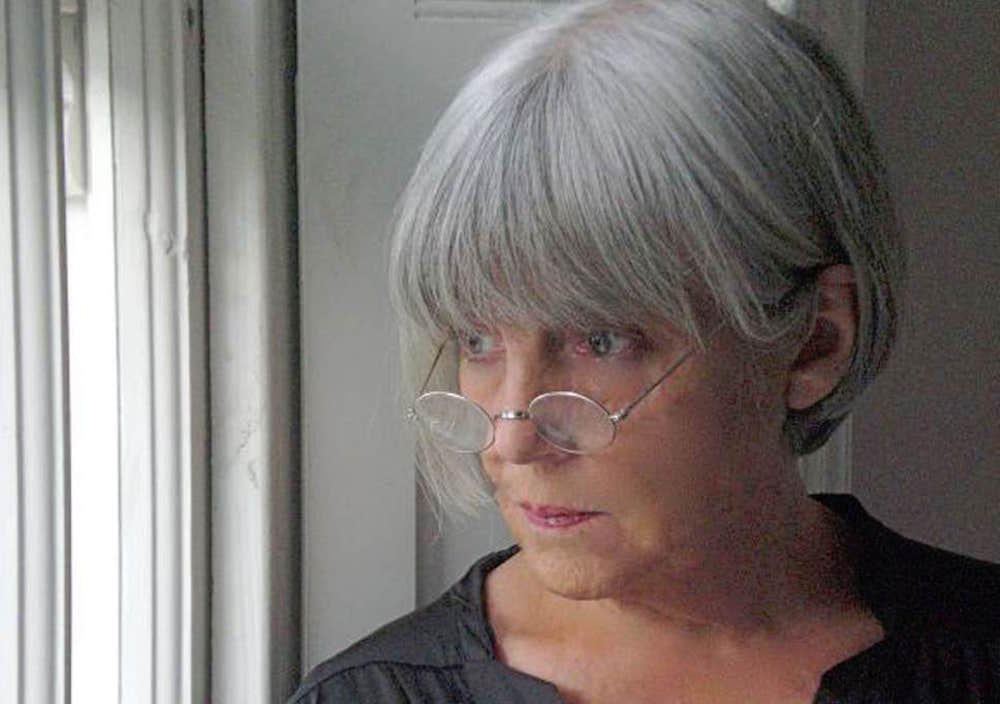
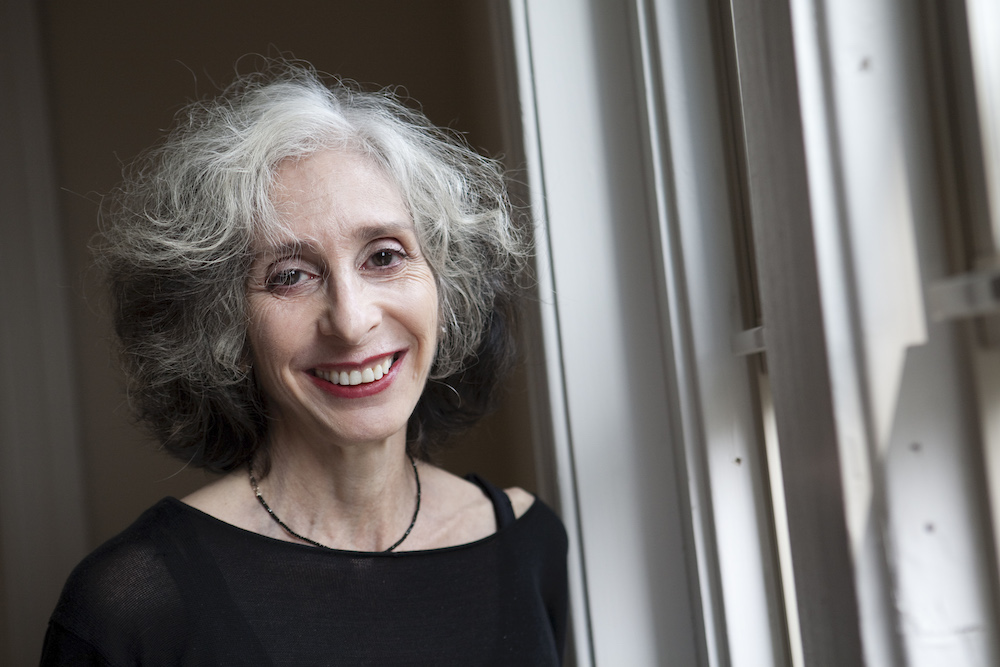
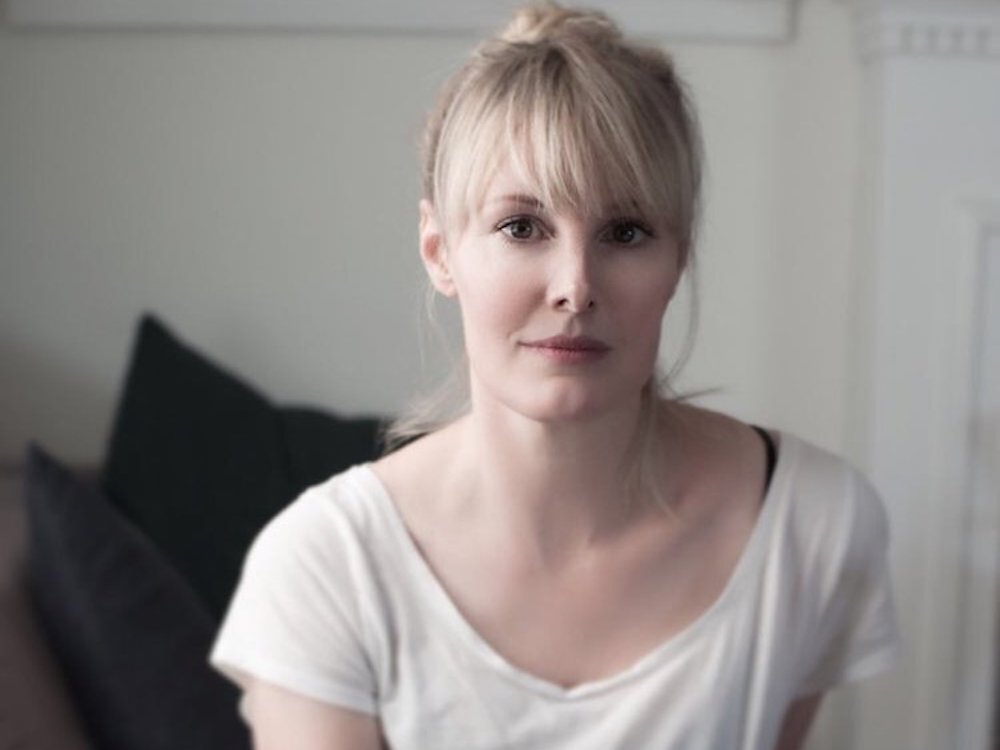
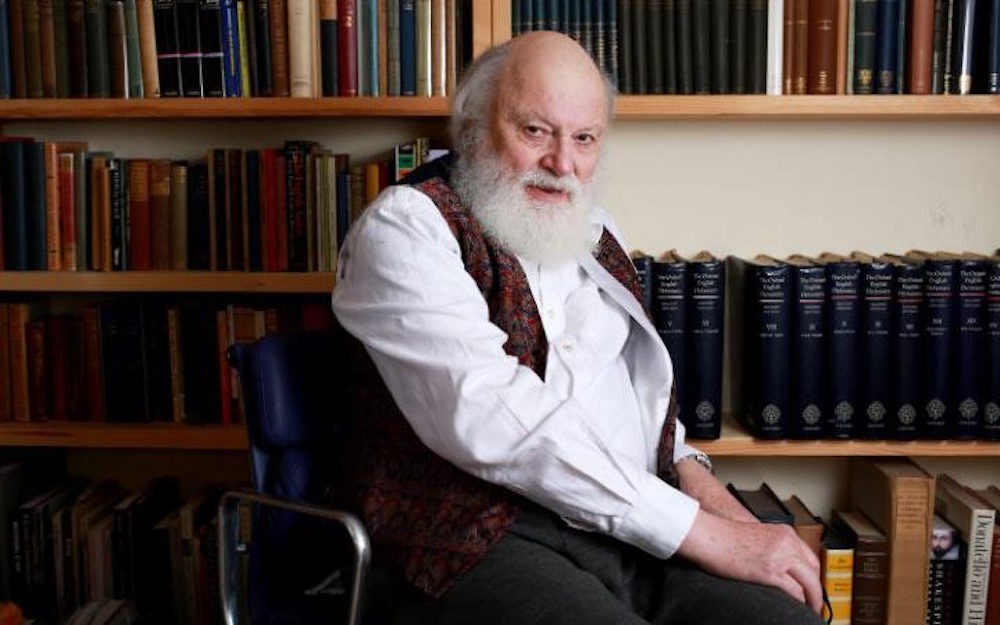
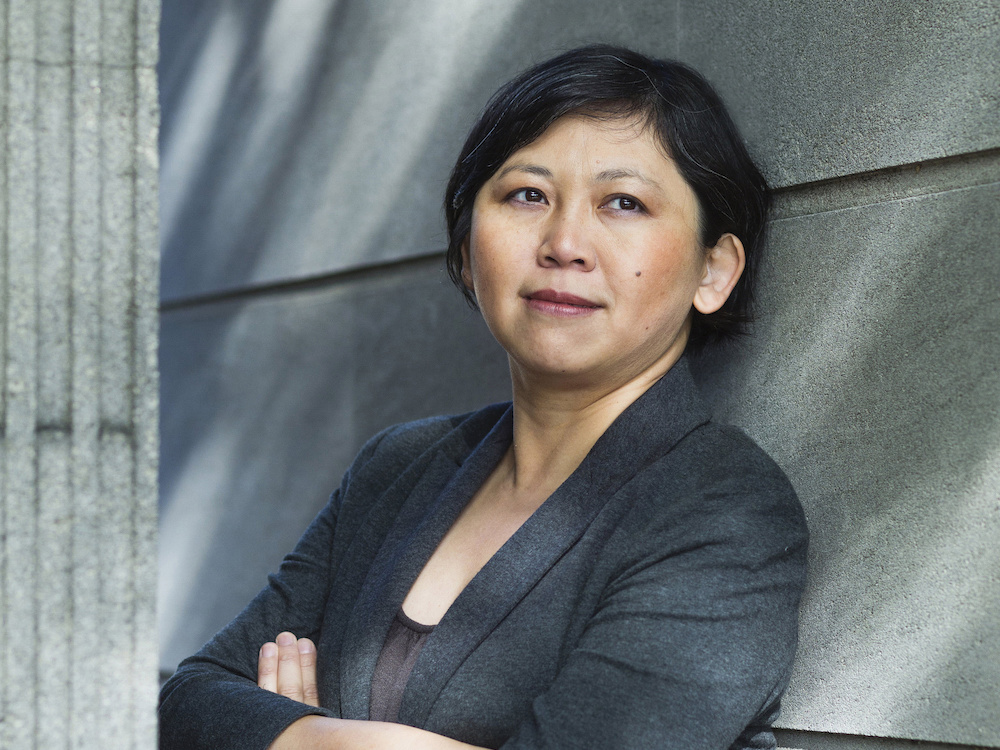
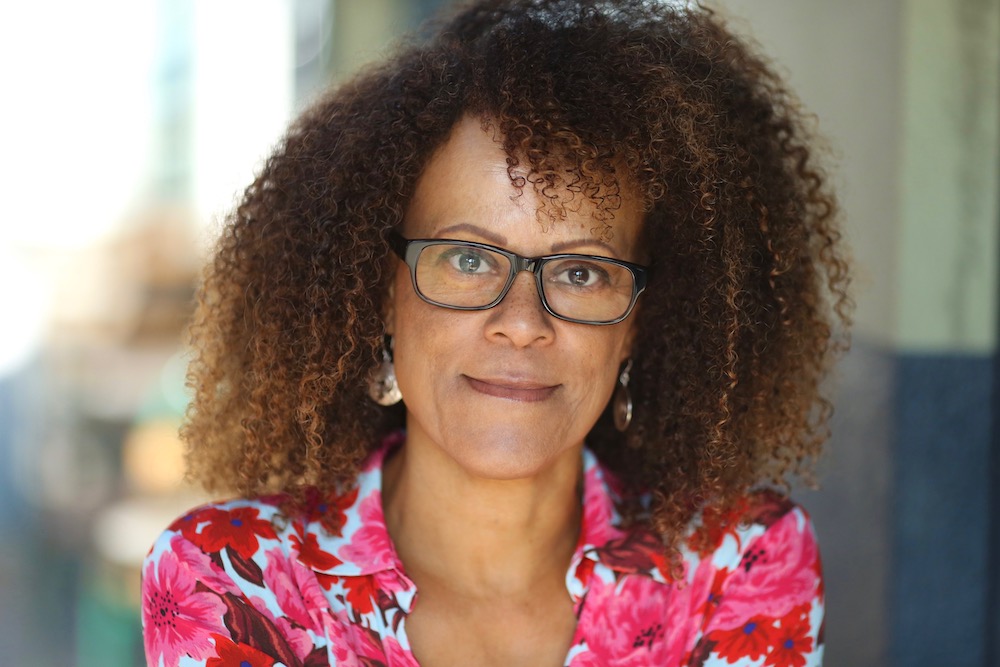
Comments
Post a Comment